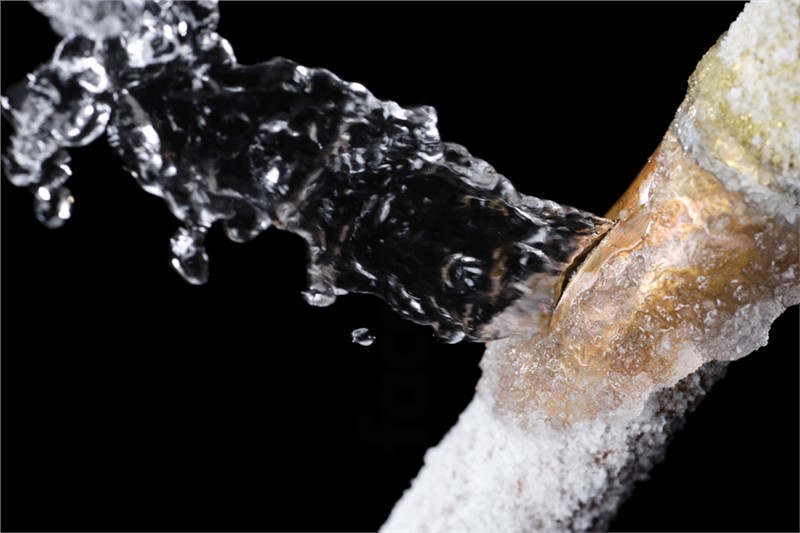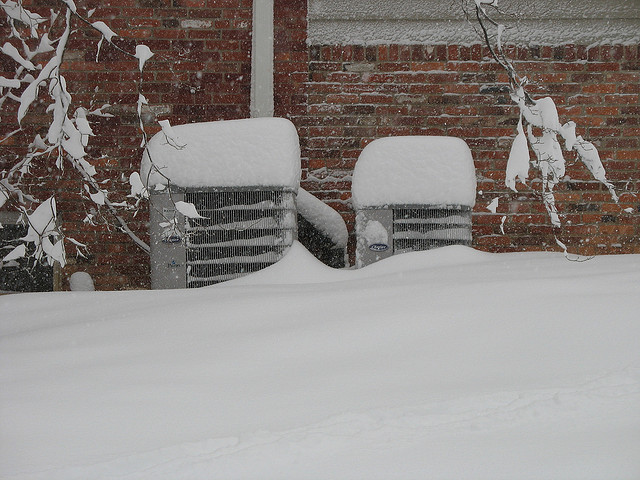What to Handle a Frozen AC Pipe - Essential Steps for Restoration
What to Handle a Frozen AC Pipe - Essential Steps for Restoration
Blog Article
What're your thoughts and feelings on What Causes AC Pipes To Freeze??

Introduction
Uncovering that your air conditioner pipeline is iced up can be worrying, specifically throughout warm summertime when you rely upon your a/c one of the most. Comprehending what to do in such a situation is crucial to avoid more damage to your air conditioning system and guarantee your comfort inside your home.
Recognizing the Causes
A number of elements can contribute to the cold of an AC pipeline. Comprehending these reasons can assist you address the problem effectively.
Lack of Airflow
One typical cause of an icy air conditioning pipe is inadequate air movement. When the air movement over the evaporator coil is limited, it can cause the coil to drop below freezing temperature, resulting in ice formation on the pipe.
Low Refrigerant Levels
Insufficient refrigerant levels in your AC system can also result in an icy pipeline. Low refrigerant levels can create the stress in the system to drop, resulting in the freezing of moisture on the evaporator coil.
Cold Weather Conditions
In cooler environments, freezing temperatures outside can add to the cold of a/c pipes. If your AC device is not appropriately insulated or if there are leakages in the ductwork, cold air can infiltrate the system, creating the pipe to ice up.
Dirty Air Filters
Dirty or stopped up air filters can limit airflow in your a/c system, leading to different concerns, including a frozen pipe. It's vital to change or cleanse your air filters on a regular basis to ensure proper airflow and avoid ice accumulation.
Indications of a Frozen Air Conditioning Pipe
Acknowledging the indications of a frozen air conditioning pipe is crucial for punctual activity.
Minimized Airflow
If you discover a significant decrease in air movement from your vents, it might indicate an icy pipe.
Ice Buildup on the Pipe
Noticeable ice accumulation on the cooling agent line or the evaporator coil is a clear indicator of a frozen a/c pipe.
Odd Sounds from the Unit
Uncommon sounds, such as hissing or gurgling, originating from your air conditioner system can signal that there's ice existing on the pipe.
Immediate Actions to Take
When confronted with an icy air conditioning pipeline, it's essential to act swiftly to stop further damage to your cooling system.
Shutting off the air conditioner
The first step is to turn off your air conditioner to prevent the system from running and intensifying the issue.
Checking for Blockages
Inspect the location around the interior system for any obstructions that might be obstructing air flow, such as furniture or drapes.
Thawing the Pipe
You can use mild methods like positioning towels taken in warm water around the icy pipe to aid thaw it slowly.
Safety nets
Taking preventive measures can help prevent future occurrences of a frozen AC pipe.
When DIY Methods Fail
If your efforts to thaw the pipe or address other concerns are unsuccessful, it's time to call a professional.
Value of Hiring a Professional HVAC Technician
A certified HVAC service technician has the proficiency and tools needed to detect and fix concerns with your AC system securely and successfully.
Routine Maintenance Checks
Set up normal upkeep consult an expert HVAC service technician to make sure that your a/c system is running effectively.
Changing Air Filters
Routinely replace or cleanse your air filters to avoid airflow constraints and preserve optimum efficiency.
Insulating Exposed Pipes
If your a/c pipes are revealed to cold temperature levels, consider protecting them to prevent freezing throughout winter months.
Seeking Professional Help
If DIY approaches fail to fix the concern or if you're uncertain concerning just how to proceed, it's best to seek support from a certified HVAC professional.
Conclusion
Handling a frozen air conditioning pipe can be an irritating experience, yet recognizing exactly how to respond can help reduce damage and recover convenience to your home. By comprehending the causes, identifying the indicators, and taking timely action, you can properly attend to the issue and protect against future occurrences.
Frozen AC Line: Why It Happens & What To Do About It
A frozen AC line can be a rather peculiar sight in a place like Phoenix, Arizona where nothing ever freezes. In this post, we’ll discuss what makes an air conditioner line frozen – and what you can do about it.
Dirty Air Filters
Did you know that you should be cleaning or replacing your air filters on a monthly basis? Failing to do this can result in airflow issues that, in turn, cause your evaporator coils and lines to freeze over. You’ll notice a buildup of ice on both components, although the buildup on your pipes will, of course, be more evident unless you open your air condition up to reveal the coils.
What To Do About It
Give your air filter a good cleaning if it’s reusable. If not, replace the filter outright. Next, switch your air conditioner’s fan setting on and leave it there for 2-3 hours. This will draw warm air in, helping to thaw your evaporator coil. You can also check out this article for some tips on cleaning the coils themselves if you’d like to speed the process up. Before you switch the unit back to its normal state, make sure the supply vents are completely unobstructed and free of dust or other debris.
If you keep having this issue even after replacing your filters regularly, contact a local HVAC repair company and have them inspect your evaporator coil, ductwork, and any other components that may be at fault. If you live in the Phoenix, Arizona area, give American Home Water and Air a call.
Low Refrigerant Levels/Leakage
What To Do About It
Contrary to what air conditioner “recharge” companies often tell their clients about refrigerant, it should never need to be simply refilled. You see, refrigerant runs in what experts refer to as a “closed loop.” Refrigerant really shouldn’t be leaving that loop. If it is, you’ve got a leak.
Paying someone to come and pump more refrigerant into your system (aka “recharge” it) isn’t the solution. Doing that will simply kick the can down the road. Besides, refrigerant leaks can be harmful to the environment and people in your home.
Rather, you need to take care of the leak with the help of a technician. Check out this article for some more information about dealing with air conditioners that are leaking refrigerant. Before you contact a technician, switch your thermostat to the off position. Then, switch the fan setting on and let it run for 2-3 hours so the unit can thaw.
Improper Temperature Setting
Improper temperature settings can also cause a drop in your air conditioner’s pressure. What many people don’t realize is that air conditioners are actually designed to run when temperatures have fallen above roughly 60 degrees Fahrenheit. If you run the unit when it’s cold outside, you’ll run into many issues, including frozen components.

We had been shown that write-up about How can I fix an air conditioner’s frozen pipe? through a friend on our other web property. Do you know another individual who is fascinated about the topic? Take a moment to share it. Many thanks for going through it.
Schedule Today! Report this page